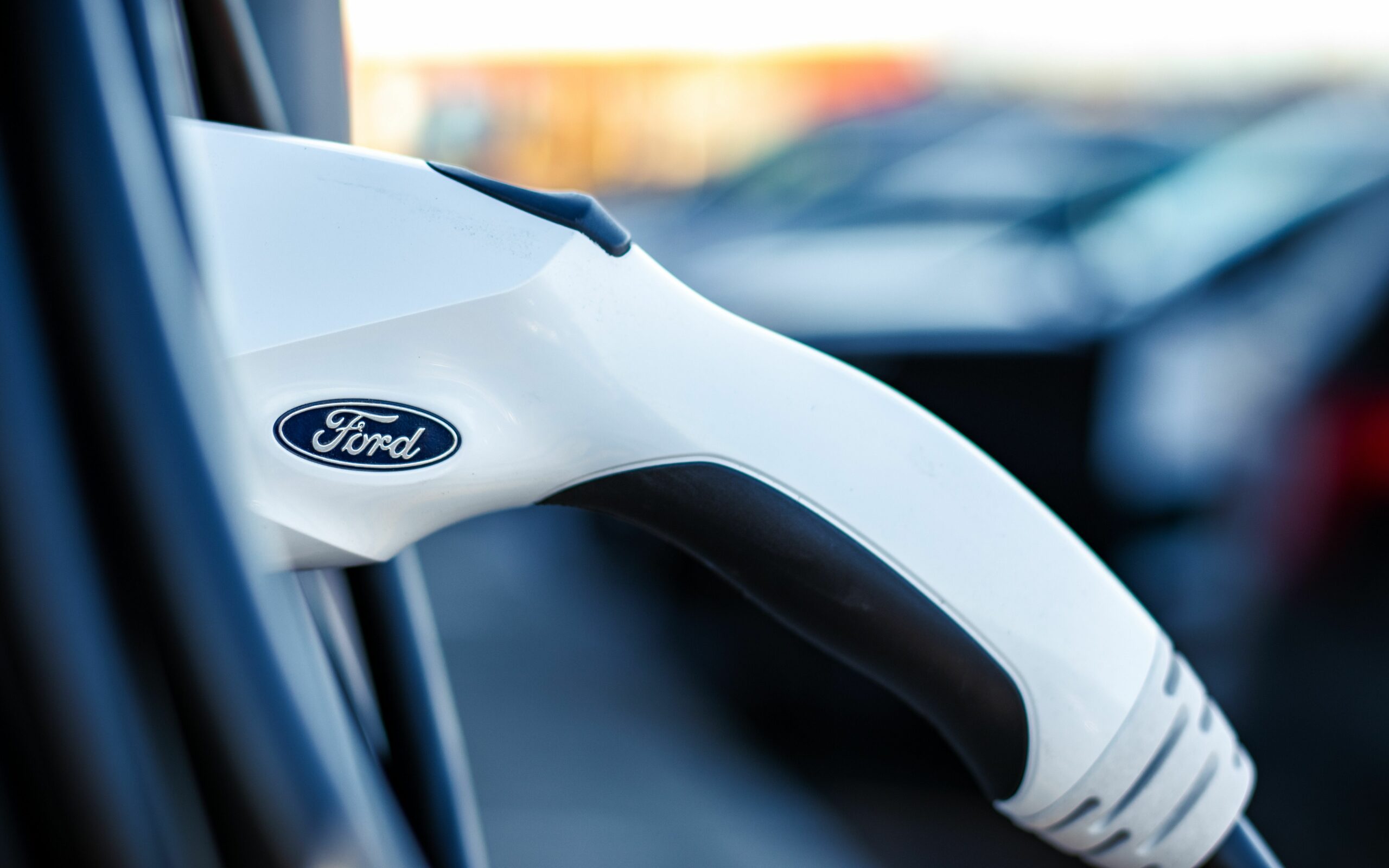
Sign up to uncover the latest in emerging technology.
Ford wants its cars to share their power.
The company is seeking to patent a system that can strategically ration energy from an electric vehicle for “supporting household loads during power outages.” Ford’s system coordinates “bidirectional energy transfer events” between EVs and households or other structures.
Energy is rationed from the car to the home in waves, rather than just a constant flow that burns through the car’s energy quickly. Ford noted this strategy is “in order to extend appliance operation for the duration of power outage conditions.”
This system is run by a cloud-based control module that’s connected to the vehicle’s traction battery pack. When deciding how to ration an EV’s energy, this system takes several factors into account: it considers a home or structure’s total energy requirement, how much energy the car has to offer, and a user’s pre-set individual preferences.
But this system also considers what Ford calls a “power outage restoration estimate,” which can be derived from either a “cloud-generated power outage map” connected to the system’s control module, or an “announcement from a grid data server.”
Ford also details a few ways that this system can ration power. In one example, depending on the factors above, this system may choose four levels of rationing to transmit: a low rationed strategy level, a minor rationed strategy level, a major rationed strategy level, and a critical rationed strategy level. In another example, the system uses a “cycle/timer” based approach, which doles out power to the home based on simple time intervals. In another, rationing relies on an “appliance communication” approach, in which the system transfers energy based on “direct communications between the control module and smart household appliances.”

As EV adoption ramps up, so does the potential strain on the US power grid. This can be alleviated with EV owners being conscious of when they’re charging, said Adam Maxwell, director of utilities and markets at clean energy parking and mobility company Flash. Effective load management tactics, like charging at night when there’s minimal demand on the power grid, can help prevent overload, he said.
Utility companies can aid in this by implementing “Time of Use” programs, Maxwell added. “EVs can be charged in a collective fashion with minimal strain on the grid.”
Ford’s patent could help solve another threat to the grid: Breakdowns occurring amid worsening climate change. As global warming-induced extreme weather events that the grid isn’t built to handle continue to rise, power outages as a result are becoming more common. Finding a way for EVs to give power to the households they charge in could offer a major lifeline during a hurricane or heatwave.
Plus, tech like this could take the place of generators, which tend to emit pollutants and are not environmentally friendly, said Maxwell.
EVs with bidirectional power capabilities do exist, but are not available commercially or at any large scale, said Maxwell. Though much of the work in bidirectional charging is “disparate and disjointed” and done in a piecemeal way, a major manufacturer like Ford showing an interest in this type of tech is a “very positive step in the right direction,” he noted.
“What we’re striving towards as an industry is that vehicle-to-grid capability, because it can enable so many positives for our electric system and our electric grid,” he said.
Ford hasn’t been shy about its EV goals. The company aims to manufacture EVs at a run rate of 600,000 vehicles by the end of 2023 and 2 million by the end of 2026. It has also sought patents for tons of EV-related innovations, including an EV charging reservation system, a hydrogen-powered vehicle, and a heat pump system. Given the company’s commitments, a patent like this is no surprise.
Have any comments, tips or suggestions? Drop us a line! Email at admin@patentdrop.xyz or shoot us a DM on Twitter @patentdrop. If you want to get Patent Drop in your inbox, click here to subscribe.











